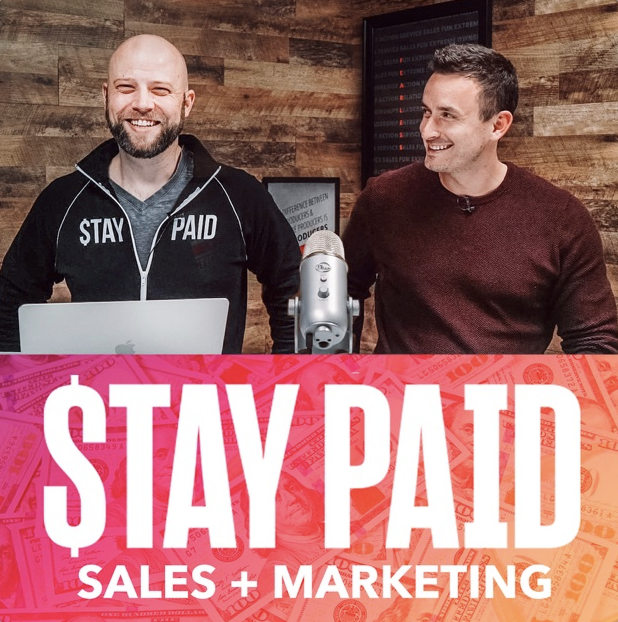If you don’t have a database…
If you’re not focused on that database…
If you’re not putting time, energy, and money into that database…
You’re missing out on so many deals.
It’s incredible, but too many service professionals don’t have a database of contacts, and there can only be one logical reason for it: They don’t know, or understand, or believe in the value of having one.
The proven fact is 80% of your business is going to come from 20% of your clients.
It’s time to get it together, people!
In this episode, Luke and Josh make it super easy to get your database up and running. They tell you who to put into it, what to put into it, and how to segment it to derive the most value from it.
Key Points
- Build your database starting with friends and family, social contacts, and clients.
- Include relevant information about your contacts that you can talk about when reaching out.
- Here are some fields you may want to include:
- Important dates (last time you spoke, birthdays, anniversaries).
- Preferred contact method (do they like phone calls, social media messages, text, email).
- Notes about recent conversations or encounters.
- Social media accounts.
- Interests, hobbies, values.
- Capture the information you do have; you can always add.
- You can always engage your clients using the F.O.R.D. questions (family, occupation, recreation, dreams).
- 80% of your business comes from 20% of your clients, so you’ll need to know who that 20% is.
- Segment your database based on what your clients want to achieve rather than what you want.
- Identify the value they represent through past transactions, referrals, or estimated lifetime value; the length of the relationship; etc.
- Have an A list, B list, C list.
- Identify their interaction with your business so you know how to nurture them—just looking, warm lead, hot lead, etc.
- Track lifetime milestones like years in residence, when their children hit middle school, when they graduate high school, etc.
- Use your database to identify your advocates and plan your communication strategically.
- Picture your database as a dartboard
- Outer ring are contacts (people you have information on/casual contact with).
- Next ring in are people you’ve had conversations with but haven’t done business with.
- Inner circle are clients, past clients, and your dream clients.
- The bullseye is your advocates and the place you hope to bring everybody to.
- Target your marketing and communication based on those rings.
Action Item
Identify the advocates in your database and get in touch with them.
Resources
Check out our blog to learn more on how to build an effective contact database in under 5 minutes



















 Soundcloud
Soundcloud iHeart Radio
iHeart Radio Spotify
Spotify Spotify
Spotify


